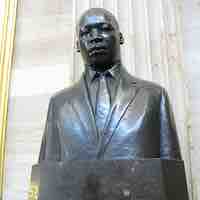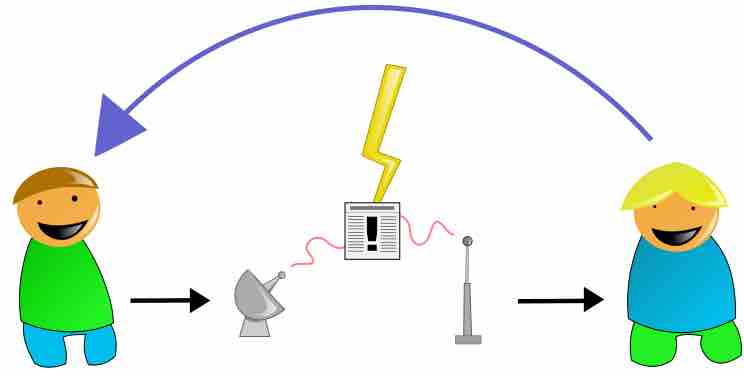Chapter 1
Introduction to Public Speaking
By Boundless

Public speaking can enrich the speaker's personal and professional life, and also provide opportunities to influence the outside world.

Public speaking has great personal benefits, such as building self-esteem, honing critical thinking skills, and presenting networking opportunities.

Public speaking is a great tool for career advancement because it provides opportunities to impress the boss, seek publicity, and network.

Public speaking skills can be used to influence the world through public leadership and in personal day-to-day applications.

While public speaking and conversation share many similarities, they are in fact two very different forms of communication.

The speaker is one of the key elements of the basic speech communication model.

The message is the most important and instrinsic element of all speech communication models.

The channel is the method (auditory and visual) that is used to transmit the message to the receiver.

Your audience represents one very important third in the basic model of communication.

Your audience can provide you with immediate feedback; pay attention to the visual and verbal cues they give you in the moment.

Noise and interference can block your audience's ability to receive your message.

How you deliver your speech presentation may be just as important as the speech itself.

It is important to understand the environmental and situational contexts in which you are giving a speech.
Understanding the cultural and gender context of your speech is vital to making a connection with your audience.

An informative speech involves a knowledgeable speaker transferring some of their knowledge to their audience.

In a persuasive speech, a speaker attempts to persuade the audience to adopt his/her position in relation to a topic.

Many speeches will contain elements of both informative and persuasive speeches.

Some special occasions require speeches that are different than speeches aimed at informing or persuading audiences.

